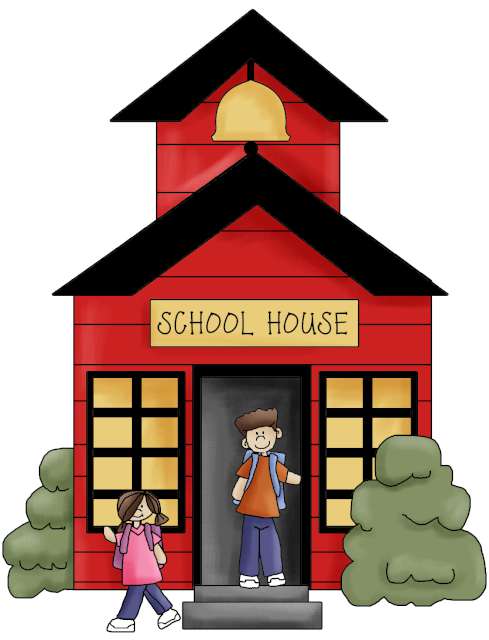
Safety Tips as Kids Return to the Classroom

Published on August 21 2023 9:41 am
Last Updated on August 21 2023 9:42 am
Students across Illinois are back in the classroom. That’s why this month, the Illinois Emergency Management Agency and Office of Homeland Security (IEMA-OHS), along with local Emergency Management Agencies, are highlighting resources and tips to help students better prepare for their return.
Whether you have a new kindergartener, or are a 5th year super senior in college, there are helpful resources available for students of all ages to keep them safe in the classroom throughout the school year.
“School safety includes being aware of on campus hazards, but we also need to utilize the digital resources available to us,” said Homeland Security Advisor to Governor J.B. Pritzker and IEMA-OHS Director Alicia Tate-Nadeau. “Safe2HelpIL is an outstanding start in providing a free resource to all students throughout the State of Illinois to help keep them safe.”
“Safe2HelpIL is designed to help school-age children who experience bullying, mental health struggles, or those who see signs of potential drug use or violence in someone else,” said Deputy Homeland Security Advisor and IEMA-OHS Deputy Director of the Office of Homeland Security Claire Moravec.
There are several ways that students from elementary through high school can reach out to Safe2Help:
- Call 1-844-4SAFEIL (723345)
- Text SAFE2 (72332)
- Online at https://app.safe22helpil.com/
- Email HELP@Safe2HelpIL.com
- Download the Safe2HelpIL app (Android or iOS)
“Launched in October 2021, Safe2HelpIL is a free, information sharing platform that is available 24/7,” said IEMA-OHS School Safety Policy Advisor Samantha Kanish. “In the absence of a trusted adult, students can use a free app, text/phone, or the website (Safe2HelpIL.com) to share school safety issues in a confidential environment.”
“Parents and guardians also play a crucial role in protecting students,” said Kanish. “As students head back to the classroom, be sure to include emergency preparedness in your back-to-school plans.”
Here are some planning tips for parents to consider:
- Know how your school will contact parents/guardians in the event of an evacuation
- Ensure the school has all of your current emergency contact information on file
- Pre-authorize a friend or relative to pick up your children in an emergency
- Teach children with cell phones about ‘Text First, Talk Later.’ Short, simple text messages, such as “R U OK?,” and “I’m OK,” are more likely to get through than a phone call if phone service is disrupted during an emergency. As phone congestion eases, you can follow up with a phone call to relay more information.
For college students, a little planning will help provide extra information before and during an emergency. Almost all colleges/universities utilize a mass notification system that alerts students via email and text messages of potential dangers, severe weather, and other threats. Encourage your college student to sign-up for such alerts which typically supplement the public alert warnings delivered across campus via loudspeakers or on public display boards.
Several colleges go one step further, providing alert messages for parents/guardians, so they also are aware of potential dangers on campus. As always, make sure your student knows the emergency plans for their dorm or apartment building.
Illinois Emergency Management Agency and Office of Homeland Security (IEMA-OHS): Ready.Illinois.Gov












